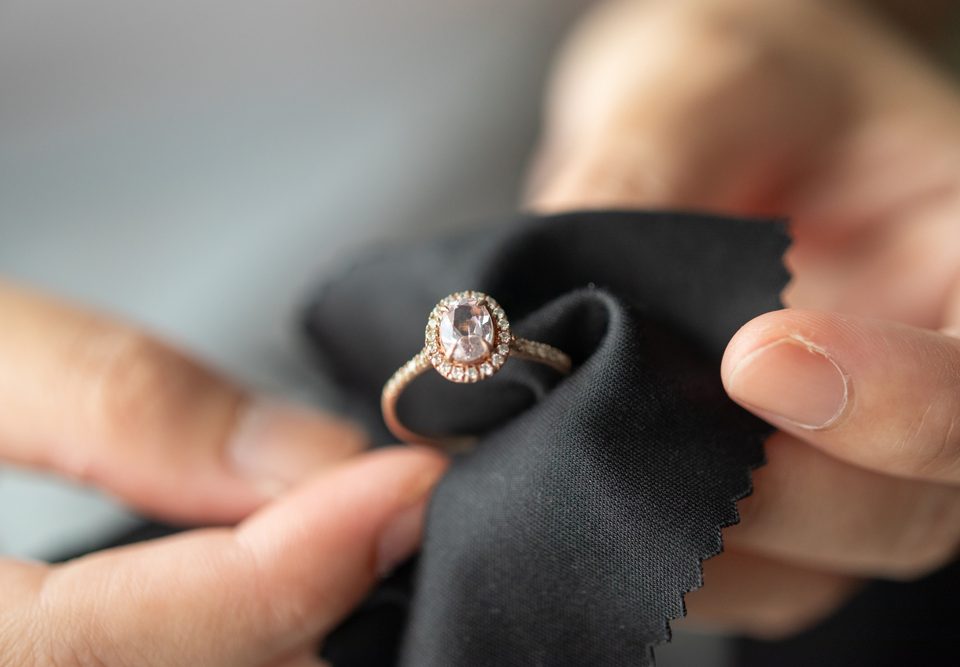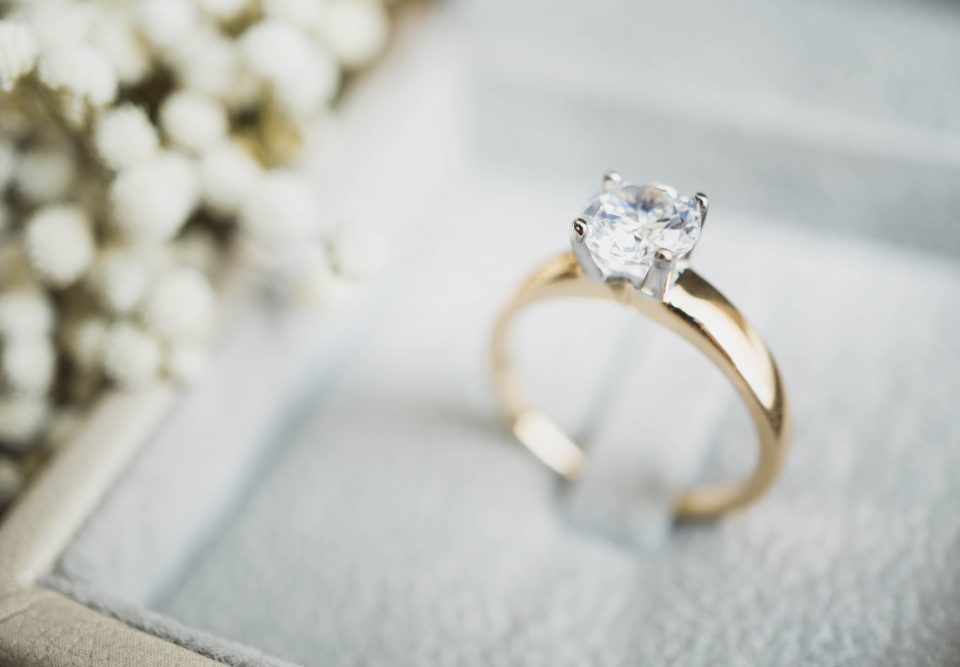- Quick contact:
- 801.359.2035
Diamond Polish: Basics, Grades and Features

There are several factors that determine the quality of a diamond, the most well-known of which are the “Four Cs.” But these are not the only variables here – another that’s well worth mentioning and has a direct connection to other diamond qualities, plus to the cost of a given diamond, is diamond polish.
At AAA Jewelers, we’re proud to offer a wide range of certified GIA diamonds for a variety of needs, from engagement rings to wedding bands, fashion jewelry and more. We also offer jewelry appraisals for any jewelry type, including diamonds. How does diamond polish work, what are the GIA grades for polish quality, and what other important polish factors should you be keeping in mind during any diamond purchase? This two-part blog series will go over several areas.
Diamond Polish Basics
Diamond polish refers to the quality and condition of the facet surfaces on a given diamond. Facets on a diamond act like microscopic mirrors, reflecting light in several ways that brings the stone its sparkle and shine that many buyers prioritize.
If a diamond’s facets are smooth and clear, they will reflect light well. If they are not, however, they can alter light reflection, making the diamond appear dull. Additionally, rough diamonds often have tiny crystal bumps on their facets – polishing, however, removes these bumps and can achieve a higher polish grade in some cases.
GIA Polish Grades
Here are the grades for diamond polish as certified by GIA:
- Excellent: No polish flaws are visible even up to 10x magnification, known as the standard jeweler’s loupe.
- Very Good: Polish flaws can be spotted under 10x magnification, but are difficult to see.
- Good: Polish flaws are only “somewhat difficult” to find with 10x magnification.
- Fair: Some polish flaws can be seen at less than 10x magnification, or even by the naked eye.
- Poor: Flaws are visible both under magnification and via the naked eye. Poor diamonds are not recommended.
Polish Features or Blemishes
There are a number of specific factors that go into determining a diamond’s polish grade, often involving small blemishes and how significant they’re judged to be. Such blemishes or related areas include:
- Nick: A tiny notch on a girdle junction or diamond facet.
- Pit: A small divot, usually from a pinpoint inclusion.
- Abrasion: Small nicks close together near facet functions.
- Scratch: A transparent line on the surface of the stone.
- Polish line: A barely-visible fine line, either white or translucent.
- Lizard skin: A bumpy texture on the surface or facets of a diamond.
- Burn mark: A white-hued haze due to high temperatures from a polishing wheel or a jeweler’s skin.
- Rough girdle: A girdle that has not been polished.
For more on diamond polish and why it’s important, or to learn about any of our diamond jewelry services, speak to the staff at AAA Jewelers today.



